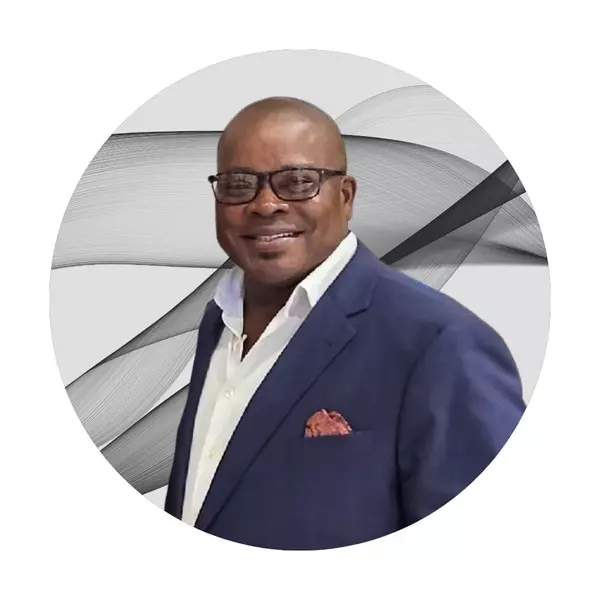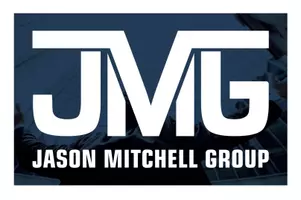A group of friends encouraged each other to share their art with each other in a driveway. That little gathering has grown into the annual North Park Film Festival.
As middle schoolers, Ryan Severud and his friends connected over movies, skateboard videos, and creating skits that they filmed. They experienced some of the typical, post-high school distance, but reconnected in their 30s where one friend eventually started hosting an annual screening at his house where anyone could share whatever they were working on. Today, it’s the North Park Film Festival.
Festival directors RC Krueger and Jerry Lopez started this local, independent film series in 2021 in a driveway — this year, it’s expanded to include six screening events that continue into August, centered around short films, experimental animation and arthouse style films, music videos, and stories that center the voices of women. Opening night starts at 7:30 p.m. tonight at Verbatim Books (3793 30th St., San Diego), marking the start of their avant-garde weekend, featuring the experimental animation and arthouse films, followed by screenings on Sunday at Burn All Books (3131 Adams Ave., San Diego) with lighter, more humorous and silly films at 2 p.m., and somber, spooky, and surreal films at 5 p.m. Admission is free and attendees must be 18 or older.
Severud, who goes by RYNO in his artistic work, is a regular contributor to the festival and this year he was awarded a $5,000 grant from the William Male Foundation for his latest contribution, “Make This One Count, Johnny Boy,” an experimental short film about a man leaving a voicemail message for his grandmother on her 90th birthday, which will be screened later next month.
“During the first official year of the NPFF, I submitted my first-ever submission of any kind. This was a big, wobbly step for me. I convinced myself that even if only one beat of it worked, it would be enough to carry me on to the next one. The reception was good for a strange little film, so I kept making them,” noting his previous films that included experimental horror, a music video for local musician Julianna Zachariou, and an eight-minute experimental short about breaking through artistic blockages. “My work life may have fully consumed me if it weren’t for RC pushing the idea of community and art and providing so many different avenues to contribute to and projects to learn from. If RC’s up to something, I want in.”
Severud, 39, works in information technology by day and lives in South Park with his partner, artist and painter Chelsee Harris, and their two cats, Bobby Peru and Kraymer, and their dog, Marty. He took some time to talk about his filmmaking, creative process, and the community of artists who’ve helped him grow in his art.
Q: You were awarded a grant to create the short film you made for this year’s festival?
A: The grant was from the William Male Foundation, based in San Diego with a focus on supporting local artists with their projects; and by projects, it could be anything. The grant I received gave me the ability to pay my collaborators and also put the finishing touches on some gear for future projects. They announce recipients biannually, and the process is simple/pure: tell them what you need, why you need it, and how much. If you are selected, they are hands-off and only require an expense report of how you spent the funds. It’s truly inspiring the way they do things and their respect for their recipients.
Q: Tell us about your short film for this year’s festival.
A: It’s called “Make This One Count, Johnny Boy”. It’s another experimental-leaning short (14 minutes) about Johnny, a late-30s man-child in a rut, who is tasked/guilt-tripped by a phone call from his mother to remember to leave a birthday message for his grandma’s 90th birthday. Grandma isn’t doing well; it might be her last birthday, and she loves listening to her answering machine messages more than anything. Johnny’s mom ends the call with a dagger: “Make this one count, Johnny Boy,” which sends Johnny on an odyssey of the mind and spirit while he tries to regain his ability to feel amongst obstacles such as gigantic saliva bubbles, escapism, dark voids, and a naughty house cat.
What I love about South Park…
All South Park needs is a movie theater and I would never have to leave again. This place is so special and oscillates at the same frequency that my brain needs to decompress.
Q: Where did the idea for this film come from? What inspired this particular story for you?
A: It all started to coalesce when I began writing the grant. My partner, Chelsee, said I should submit something. I looked at the deadline, and it was in less than 24 hours. I somehow caught a wave from somewhere, and the general idea about someone forgetting something as benign/simple/important as leaving a voice message came to mind. From there, after learning I was getting the grant, more abstract ideas started to build on top of the foundation, after months of dreaming and rewrites. Here are a few notes from my bedside notepad: “mothers and how their saliva could have enzymes used to control their brood with kisses?,” “sound therapy as a means to a breakthrough,” “growing up could be more than a personal journey.”
Q: Can you walk us through how you went about putting this project together, from concept to execution?
A: I still have my baby legs when it comes to filmmaking, so it’s a slow process of waddling my way through the ideas and execution. I enjoy creating it from many aspects: sound design, editing, cinematography, and writing, and I’m doing them all simultaneously, seeing where the ideas lead me. The MVP of this new short is my lead, Gordon Brown. I have worked with him on other people’s projects, but this is my first time directing him. He’s elevated this beyond anything I could have written on the page. The same goes for my other collaborators: Chelsee hand-made many of the critical props and was my assistant director, Becka Palter helped track down set pieces, Julianna Zachariou crafted some beautiful sound design elements, Moses Constable brought a secondary character to life, and my brother/second brain, Torrey Severud, contributed to the writing.
Q: You’ve said that, like most Millennials, you also grew up “during the dawn of home video.” How would you describe how that wider access that people had to documenting their lives and experiences influenced the art you began to create?
A: I was thinking more about the ability to repetitively consume media at home (VHS/DVD/DVR), but your point also rings true in regard to my malleable brain processing this technology that is bleeding into the consumer sphere. The early exposure from that huge home video camera in my little hands, then a cell phone, with both devices training me to perceive a “reality” through that little playback screen. There’s a concept I heard or read from either Jean Baudrillard or Don DeLillo that’s always stuck with me: the idea of the photograph as “simulacrum,” a kind of perversion or distortion of the real. That kind of thinking lights my brain up. The phone compounds this in that communication; more specifically, texting is reducing communication down to one layer, instead of our brain being able to process this information with all the layers (tone, nonverbal cues/expressions, speech patterns, etc.). It’s more difficult to feel your way through a text exchange, and how we evolved to ease that difficulty is fun for me to think about. Like how we started emoting by finding facial expressions with keyboard characters. Sorry, going off on a tangent now.
Q: Are there ways that we see that influence in your contribution to this year’s festival?
A: I believe it touches on the idea above. Texting has its place, but it’s not meant to be someone’s primary means of communication, which it has been for many of my generation, myself included. Some of us have lost the effortless art of speaking from the heart, and it instead comes from the head. I think the phone has us processing more from the left/analytical hemisphere of the brain, and that is contributing to the disconnect…RYNO, I mean “Johnny,” acts more like a nonverbal toddler than the nearly middle-aged adult he should be. He is stunted by a few contributing factors, and I think his abuse of technology is one of them.
Q: How would you describe your point of view as an artist?
A: I will scope this down to my cinematic influences. I am a conglomerate of all of my influences, which seem to gravitate to writer/director combos: David Lynch, Kelly Reichardt, the Coen brothers, Jacques Tati, Robert Bresson, Lynne Ramsay, Abbas Kiarostami. Aside from Lynch, when I discovered Tati, a French mime turned film director in the ’50s to ’70s, he kicked down a few self-imposed barriers I developed as a budding cinema-brat in my youth, when I had cringey ideals of what cinema should be. He instilled this idea of democratic/observational filmmaking in me, where there is this freedom of discovery in his films. His shots are always at a distance. Details are placed in a frame, but his camera never points the audience to them. I like to think he’s saying, “I’m not clever, you are.” He also has this pure view of modernity and how technology tends to make things more complicated than they ought to be. That point of view became a major part of my photography, where I tried to find those observational details in candid moments out in the real world, often in street scenes. I hope to have the ability to incorporate that more into my films.
Q: In what ways have you noticed your creativity evolve over the years?
A: I started my creative journey with animation in high school, as I didn’t have a personal camera yet. Once I started working, I could then pool my income into hobbies like sound design/engineering, photography, and video, all of which translated to film after enough time. Finding a community has also had a major role in its evolution. Between RC and Chelsee, I have met so many artists who have pushed me creatively and inspired me more than any book or movie has been able to.
Q: What’s been challenging about your work as an artist?
A: The age-old cliche of finding that work/home/art-life balance rings true for me, but a more recent development in this directing realm that I’m waddling my way through is the art of pivoting. Every shoot day, I came into it with a vision and a detailed shot list, but no matter how much I prepared and organized, it never went to plan. Learning how to let things go and adapt to the moment, and doing it with collaborators who don’t mind failing with me, has helped me grow exponentially when compared to my completely solo projects.
Q: What’s been rewarding about this work?
A: Aside from the rare moment when an idea just works, the truly transcendent moments are when I have backed myself into a corner with seemingly no way out, and somehow, a happy accident ignites a new natural path to a solution that was there the whole time, batting its eyelashes at me. This is amplified more in a group setting, where there was a collective moment that something special had just happened. The grant has given me the ability to pay these collaborators, and knowing that money is potentially going to go into their projects helps me envision a communal garden in my head where all my friends are watering their art plants.
Q: What has this work taught you about yourself?
A: I’m a late bloomer when it comes to putting myself and my art out there, so this may come off as trite, but my brain had and still has clever ways to convince me that failure had a finality to it, so I would be cautiously noncommittal at the fear of losing this “one shot” at something. As I’ve learned through this whole process, failure just means I can try again with a renewed interest, and that is freeing in a certain way.
Q: What is the best advice you’ve ever received?
A: I wasn’t able to experience much college and instead went straight into the workforce, specializing in information technology, but I like to think my version of college was picking up David Lynch’s “Catching the Big Fish,” back in 2006. That reprogrammed my brain permanently on how I approach ideas and my art. One of my favorite bits is David explaining how your intuition is your emotion and intellect “going together,” this energy within that ignites when you think and feel at the same time, and how it is the guiding force to navigate the abstractions in life and ideas.
Q: What is one thing people would be surprised to find out about you?
A: I just recently discovered that I have a third nipple. The strange part is that there is no areola. It’s just a lone nipple in a meadow of chest hair that could almost pass as a mole. Almost. To be a tad more serious, one of my deepest passions is sound design, which I hope comes through in my film work.
Q: Please describe your ideal San Diego weekend.
A: It would kick it off with sleeping in. After brewing coffee for Chelsee and me, we would catch an early movie (I miss you Hillcrest Landmark), then have a walk or hike with Marty the dog to process the movie. This would, most likely, be followed by another movie at home. Then, I would end the day by venturing deep into the night/early morning working on something before settling into bed with a book. I’m an introvert/homebody, so my ideal weekend could be anywhere as long as I have my partner, my animals, my movies/music, my studio space, and my coffee, but I do appreciate that when I do step out to clear my mind, it’s in the San Diego air.
Categories
Recent Posts



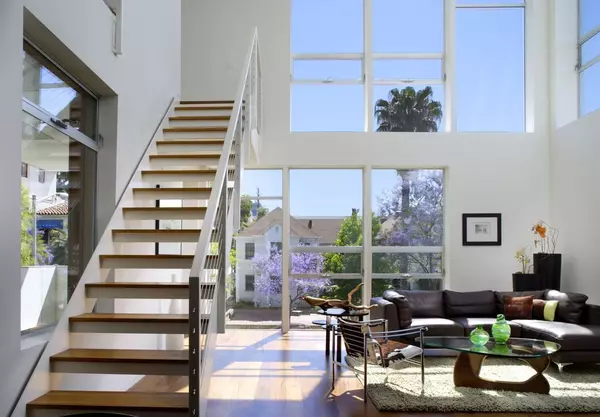

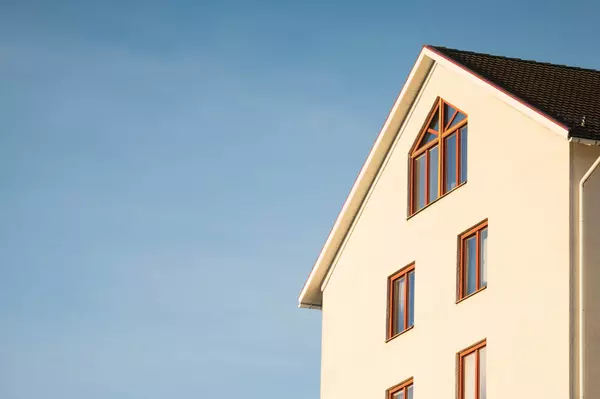


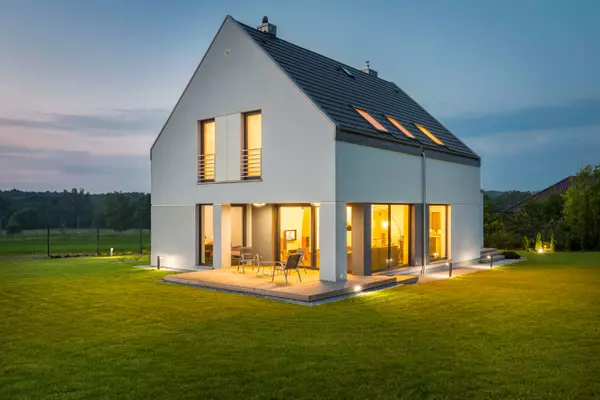
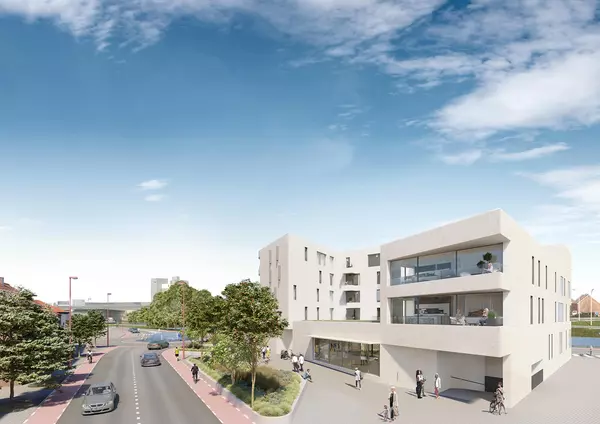
GET MORE INFORMATION
